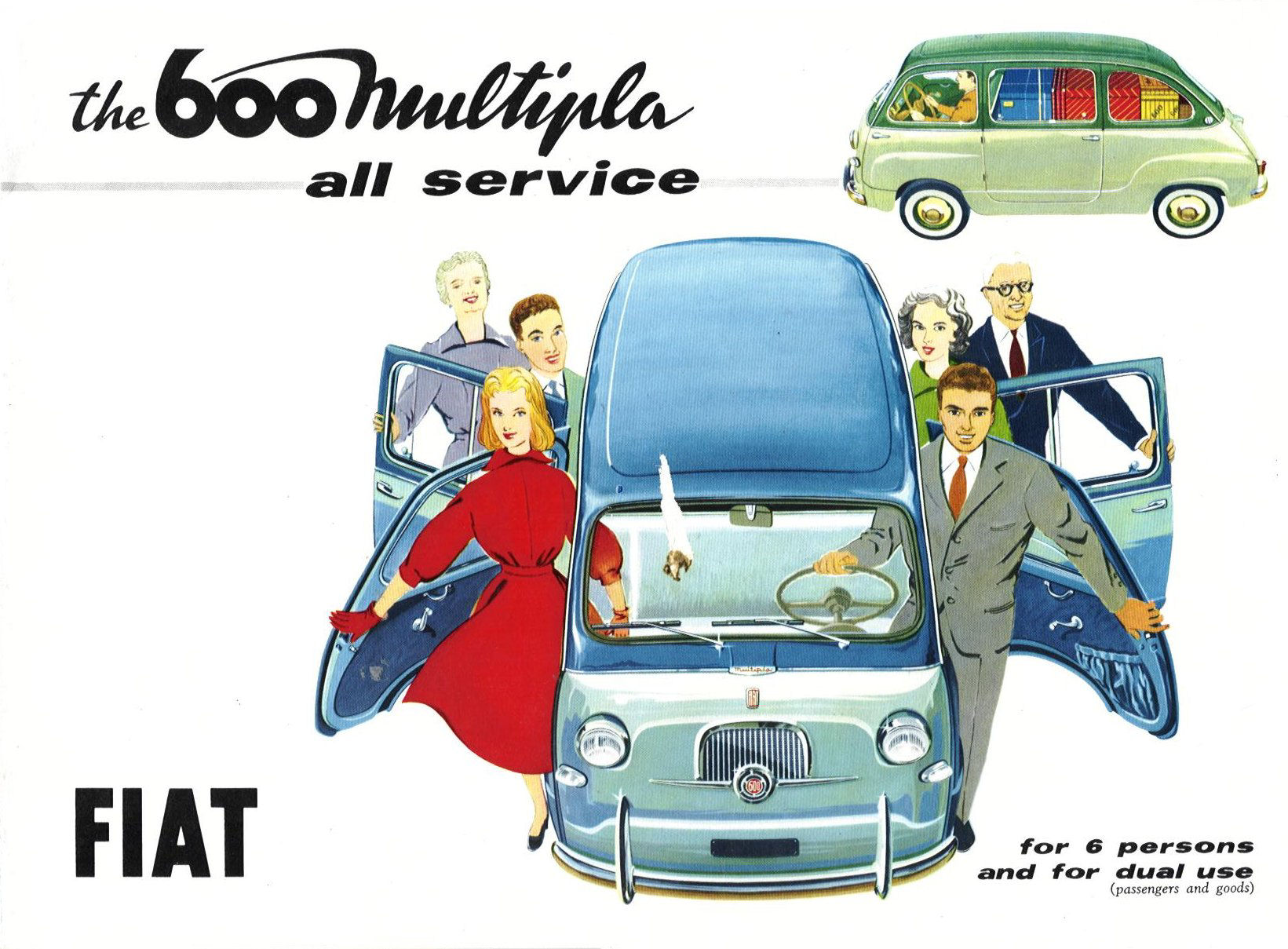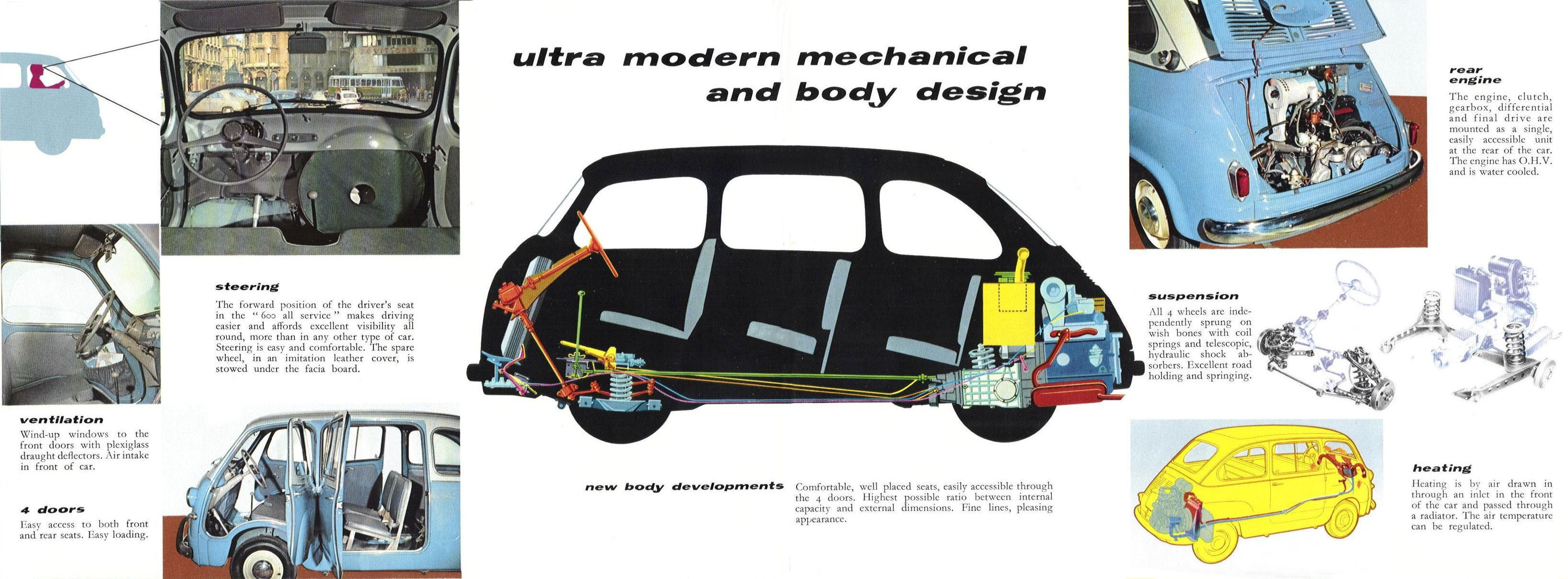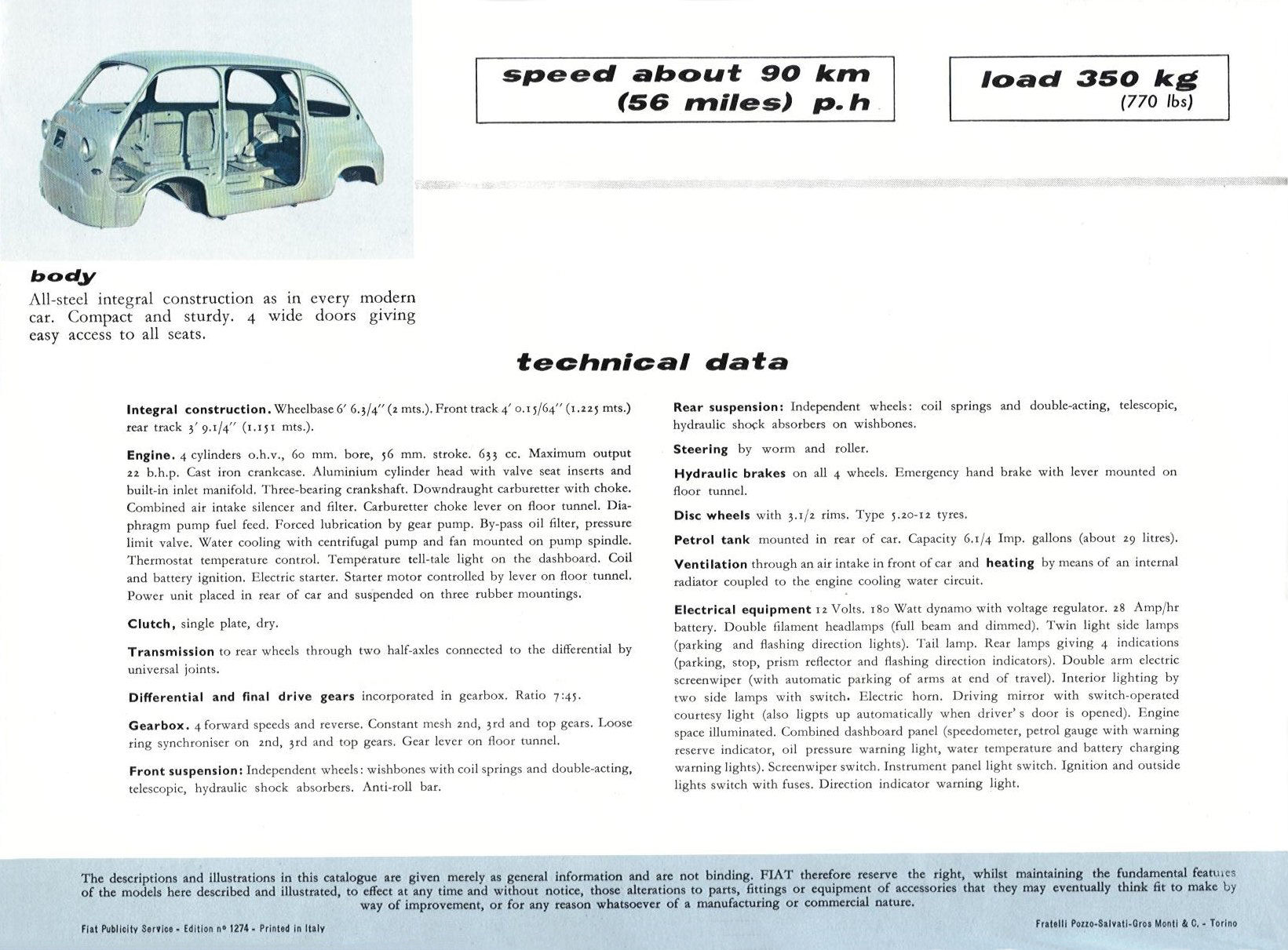Wednesday, 23 May 2012
Tuesday, 8 May 2012
Gilles Villeneuve, 30 Years Later
30 years ago today a distressed Gilles Villeneuve was getting ready to get on a race car for the last time. He came from a race that extremely disappointed him and that possibly made him loose faith in his team and one of his friends. Some say he felt lonely, some say he already had a contract for Williams burning in his pocket. There's a lot of speculations about those days the reasons for what seems an unnecessary crash.
The only fact that remains is that Gilles left us forever that day, while the whole world was still patiently waiting to celebrate him as world champion. Thing that will never happen.
Salut Gilles.
Monday, 7 May 2012
1961 250GT SWB s/n 2819 GT, the Breadvan
We could call it "la camionette", "il furgone", "revan", a pimp's machine or even evidence, but we definitely should not call it a Ferrari, because it was born to beat Ferraris and definitely not to be one of them.
It is yet one of the amazing cars made as a reaction to Enzo's bad temper and diplomacy.
When in October 1961 Ferrari fired his sales manager Girolamo Gardini (allegedly because he dared pointing out that Enzo's wife Laura was too nosy) quite a big number of engineers and mechanics decided to step up in defence of Gardini. The result was what it would be know as "the Purge" and saw Enzo firing the whole lot of revolters. Between these were Giotto Bizzarrini, chief of the experimental sports car development, and Carlo Chiti, chief engineer. They were both working on the much awaited final race version of the 250, the GTO, and the whole program seemed at risk.
Chiti and Bizzarrini would go on and found Automobili Turismo e Sport (ATS) and saw in one of Enzo's most affluent clients, the Count Volpi of Misurata a good investor. Enzo didn't appreciate Volpi accepting the offer and quite clearly told the Count that he would not have received the firat two GTO, as promised. Bizzarrini's answer to a worried Volpi was "where's the problem? we'll make you one".
Starting from one of Scuderia Serenissima's competition 250 SWB, Bizzarrini moved the engine even further back and lowered it, the coach building was left in the hand of a team borrowed from Neri & Bonacini (and not Drogo) and the lines developed little by little under their experience and Bizzarrini's guidelines. Apart from the lower nose and the fundamental new windscreen line, it was also decided to try and push aerodynamic as far as possible and the introduction of the extreme Kamm Tail design. This the birth of our beloved Breadvan and its unmistakeable outline. The only detail not equalled or improved from the GTO project was the transmission, since Ferrari would have never given away one of the new 5-speed units. This will prove not to be a big problem for the car was 100kg lighter and sporting a much better aerodynamic. The whole car car built in pretty much 14 days, just in time for 1962 Le Mans.
 The car proved outright faster than the GTO and the prestigious 24h endurance seemed within reach but the organisers were not sure what to do with this weird animal, possibly because of some subliminal pressures from Maranello. The mechanics of Scuderia Serenissima would have to add a new layer of paint "on location" and add a rear windshield wiper (apparently stolen from a Fiat Topolino in the visitor's parking). They would eventually get homologation and take part in the race but not in the same class as the GTOs. The breadvan would be homologated in the higher "prototype" class, probably in an attempt to avoid the car being able to win the class. The Breadvan was comfortably keeping up with the prototypes for the first four hours, leavign all the GTO in the dust until the drive shaft broke.
The car proved outright faster than the GTO and the prestigious 24h endurance seemed within reach but the organisers were not sure what to do with this weird animal, possibly because of some subliminal pressures from Maranello. The mechanics of Scuderia Serenissima would have to add a new layer of paint "on location" and add a rear windshield wiper (apparently stolen from a Fiat Topolino in the visitor's parking). They would eventually get homologation and take part in the race but not in the same class as the GTOs. The breadvan would be homologated in the higher "prototype" class, probably in an attempt to avoid the car being able to win the class. The Breadvan was comfortably keeping up with the prototypes for the first four hours, leavign all the GTO in the dust until the drive shaft broke.
The car became the GTO's nightmare for the rest of the year, to the extreme of Ferrari retiring his cars when he saw the Breadvan lining up for the Ollon-Villars hillclimb race.
It was quite common in the early sixties for drivers and team owners to use racing GTs as personal cars and 2819 GT was no exception, being often seen glamourously parked (still badly painted and completely dirty) in Montecarlo, Rome or Milan often in the span of a single weekend of parties and mundane events.
After one of these events in Montecarlo legend goes that Count Volpi gave the keys to Fiat's heir Giovanni Agnelli, who was apparently bored, tipsy and just wanted to go back to his villa in Torino. He arrived home late that night and still in the fumes of alcohol asked his butler to paint the car black, because it was a great car… but it looked like a hearse to him. The butler immediately started painting diligently the car, but realised he would have ran out of paint. He therefore decided to paint some stripes on the nose of the car and the "T" of Torino in place of race numbers. This the genesis of one of the most striking and iconic paint jobs ever. It would eventually be repainted red.
As a glamorous legend goes the Breadvan would eventually be stopped by french police while thundering playboy Gunther Sachs and Princess Soraya in the south of France before being sporadically raced in hillclimbs and small events around Rome.
In the end of the sixties the car would jump the ocean for the first time, changing hands quite a few times and eventually becoming the furious ride of a Hollywood club owner who constantly hammered it in California's desert roads in late night runs, scaring to death the occasional girl picked up in the club.
What a sight it must have been.
 2819 GT would then come back to England to take part in the first steps of "vintage races" where it would have endless battles with a more modern Bizzarrini 5300 GT Strada, effectively its younger sister. Apparently only the Bizzarrini's disc brakes would keep the races on balance, being the older Breadvan much more nimble and precise. In one of these races its beautiful nose was badly flattened in the car's worst crash to date. It will be fixed without too much attention to detail and its beautiful ugly nose would have to wait more than a decade before being reshaped properly.
2819 GT would then come back to England to take part in the first steps of "vintage races" where it would have endless battles with a more modern Bizzarrini 5300 GT Strada, effectively its younger sister. Apparently only the Bizzarrini's disc brakes would keep the races on balance, being the older Breadvan much more nimble and precise. In one of these races its beautiful nose was badly flattened in the car's worst crash to date. It will be fixed without too much attention to detail and its beautiful ugly nose would have to wait more than a decade before being reshaped properly.
The car would then be part of a dodgy money movement that took it back to the U.S. before being finally sold to its actual home in Germany but not before a little trip to Holland to be finally restored to today's standards. We shall all be thankful to the Max Werner, the current owner, for racing the car whenever the chance arises, typically Goodwood and at the Le Mans Classics. It is a gift to all the fans of the Breadvan and a sign of the respect to the car's spirit and virtue.
To discover all the little details of this fantastic story, to find out who and why wrote "Revan" on it, the unsolved mistery of an engine swap and many other details please do buy "Rebel Rebel, Breadvan - The Most Recognizable Ferrari in the World" from M. Sonnery and K. Bluemel. A fantastic book mostly made by interviews with all the people that were involved in the life of the car.
This is the on board video of the victory at the Mugello Historic Festival 2008.
Enjoy the mighty sound and a brave attempt of a Shelby Cobra.
























